Top 9 Songs of Spring
With the arrival of Spring, we will look at some of the great rock songs that explicitly mention or implicitly conjure images of Springtime. We countdown this subjective list from #9 to […]
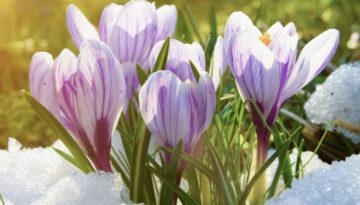
With the arrival of Spring, we will look at some of the great rock songs that explicitly mention or implicitly conjure images of Springtime. We countdown this subjective list from #9 to […]

This week Classic Rock Review joins the celebration of the 45th Anniversary of the historic 1969 Woodstock Music Festival. In conjunction with Top 9 Lists, we present a list of the Top 9 […]
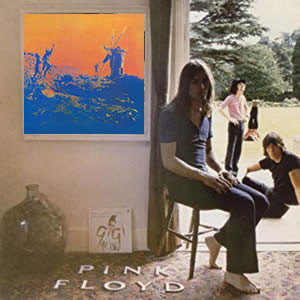
Buy More Buy Ummagumma The recorded output by Pink Floyd during the year 1969 was ubiquitous, original, creative and disjointed. During the year, the group released the LP soundtrack to the film More […]
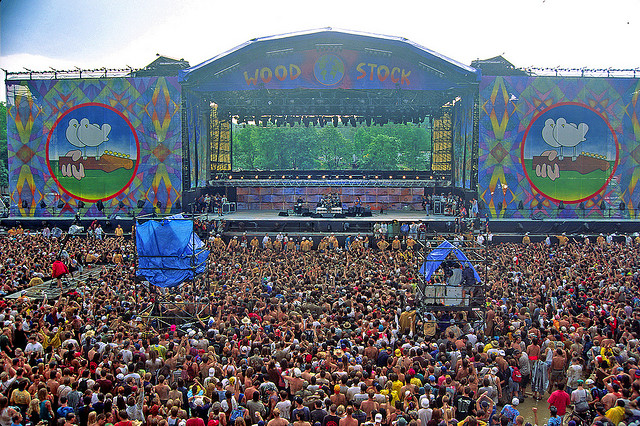
Through the long history of rock and roll, there have been impressive second acts. We’ve spoken about such comebacks during some of our late 1980s reviews, most prominently the full re-ascent of the […]
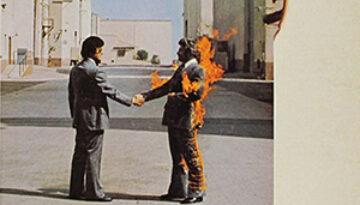
Buy Wish You Were Here During the writing and production of Wish You Were Here, the members of Pink Floyd were grasping with the their new found stardom and the pressure to deliver […]
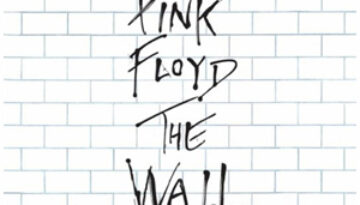
Buy The Wall The Wall was the most ambitious album of a long and storied career filled with ambitious projects by Pink Floyd. This double-length concept album was composed by vocalist and bassist […]
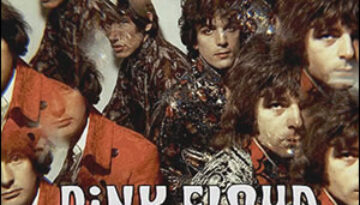
Buy The Piper At the Gates of Dawn The Piper At the Gates of Dawn is the legendary debut album by Pink Floyd and the only album during their Syd Barrett-led era. This […]
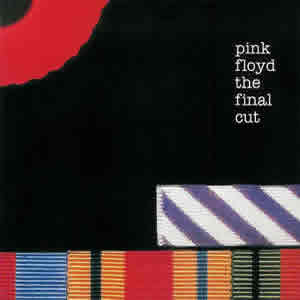
Buy The Final Cut This guest album review is provided by Merry Mercurial, a writer of fiction, essays, reviews, and the “highly subjective” music blog, The Music According to Merry. Pink Floyd’s 12th […]
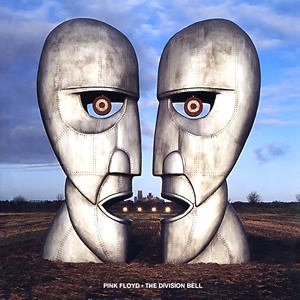
Buy The Division Bell Pink Floyd completed their extraordinary recording career with 1994’s The Division Bell, the longest single album the group had ever recorded (there were a few double albums along the […]

Buy Dark Side of the Moon Perhaps the most complete concept album of all time, The Dark Side of the Moon was the ultimate redemption for Pink Floyd. Culminating years of progressive and […]